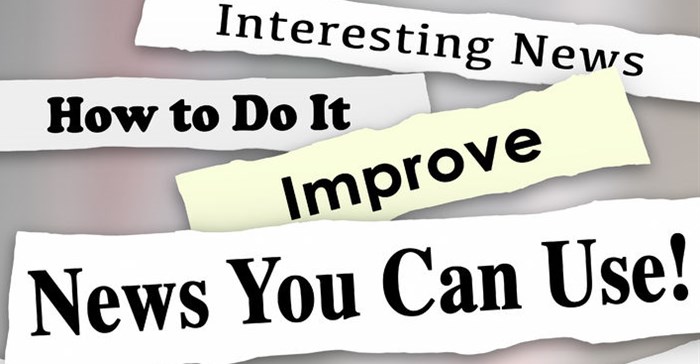The changing nature of PR: Keeping it real, relevant and short
I have been in PR for 20 years. When compared to the lightning pace of today’s digital world, 20 years is several lifetimes.
So what has changed in PR in the last two decades?
Almost everything. But, in my opinion, one of the biggest game-changers has been how we deal with content.
When I started my first job in 1996 we were almost entirely dependent on the press release and our media relationships to drive campaigns. While the traditional press release still has its role to play (as do media relationships), the nature of PR content has changed dramatically. As PR practitioners we are now able to generate and place our own stories across multiple platforms. In many ways, the PR workspace has become the new newsroom.

The success of a content strategy, though, still depends on the strength and relevance of the story for the reader and how well it works at achieving strategic objectives. The best PR content is not just about getting the brand mentioned in a specific context, it is about the experience the brand gives the reader.
- Does the content add value?
- Does it resonate?
- Does it make them feel something?
- And ultimately, does it create a reaction?
Today’s audience engages in a massive amount of media and they are media-savvy. They seek out what interests them and they are quick to turn away from content that is not authentic or relevant.
The type of content used is also a very important consideration. A quick Google search reveals that the attention span of the average human in 2000 was 12 seconds. Last year it was clocked at 8.25 seconds. A gold fish apparently has a nine-second attention span. So rules of the PR content game now state that those who can present a key message to the right audience in the fastest and most compelling way, wins. Visual messaging works well (video, infographics, memes) as do short, easy-to-consume snippet pieces (for example, "The five things you didn’t know about digital advertising").
That’s not to say that feature articles and interviews and in-depth thought leadership pieces no longer have their place. They most certainly do and are vital tools. However, nowadays for a campaign to have impact, the longer stories have to sit alongside the fast-moving, high-impact, viral pieces.
This article on BufferSocial by Kevan Lee shows us that the ideal headline length is six words, the ideal tweet is 100 characters and the ideal Facebook post is 40 characters. These numbers pose an interesting opportunity that should be embraced by all PR practitioners: Keep it real, keep it relevant, keep it short.
I have embraced this new strategy but as you can tell from the length of my headline, I am still learning.
















